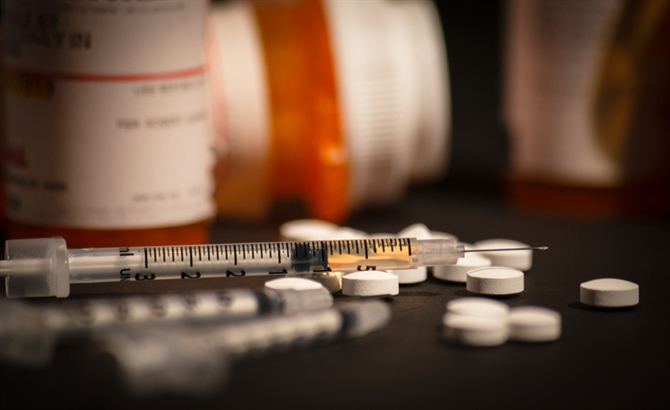Overcoming the Opioid Crisis Through Tech
August 12, 2019 by Meredith Trimble

Every day, more than 130 people in the United States die from an opioid overdose, according to the National Institute on Drug Abuse. The economic burden of this crisis is estimated at $78.5 billion a year in healthcare, lost productivity, treatment, and criminal justice costs, according to the Centers for Disease Control and Prevention.
Few, if any, communities are immune to the devastating impact of this national epidemic. Local governments have the unique presence and agility to help tackle the opioid crisis at the community level. One way local governments are creating a positive impact is through innovative use of modern technology.
Better Communications for Increased Safety
Macomb County, located just north of Detroit, has the highest rate of overdose deaths in the state of Michigan, averaging more than one person per day. Dispatchers, police officers, and first responders in the county are all involved in some way, from answering calls to administering naloxone (NARCAN) to transporting patients and making arrests.
The Macomb County Sheriff’s Communication Center connects these partners to keep responders and the community safe. The center’s use of dispatch software not only provides enhanced insight for responder safety, it enables responders to better save lives.
For example, many times individuals will call 911 to report that an individual is not breathing, while omitting any mention of drug use. “They don’t want to get into trouble,” Angela Elsey, a county communication administrator notes. “But…first responders need to know if drugs are involved. That helps us to send the best response, which can ultimately save a life.”
The county’s computer-aided dispatch (CAD) solution allows dispatchers, as soon as they have an address, to view prior history of all incidents, including drug activity, that has occurred at that location. In addition, dispatchers can create alerts on known locations and persons, for example, noting where individuals have assaulted responders in the past. Knowing these things can prepare responders, better ensuring their safety.
When Every Minute Counts
With mobile CAD technology and the automatic vehicle location functionality, dispatchers can see the real-time locations of all units in the field. In the case of overdoses, this helps everyone see which units are equipped with NARCAN and where they are so that life-saving service can reach the scene as quickly as possible.
Fast communication and instant access to critical information allows dispatchers and first responders to make the best choices in overdose situations and arrive faster on the scene. This is saving lives in Michigan and can be replicated across the country. Learn more about how Macomb County is reducing fatal overdoses with technology.